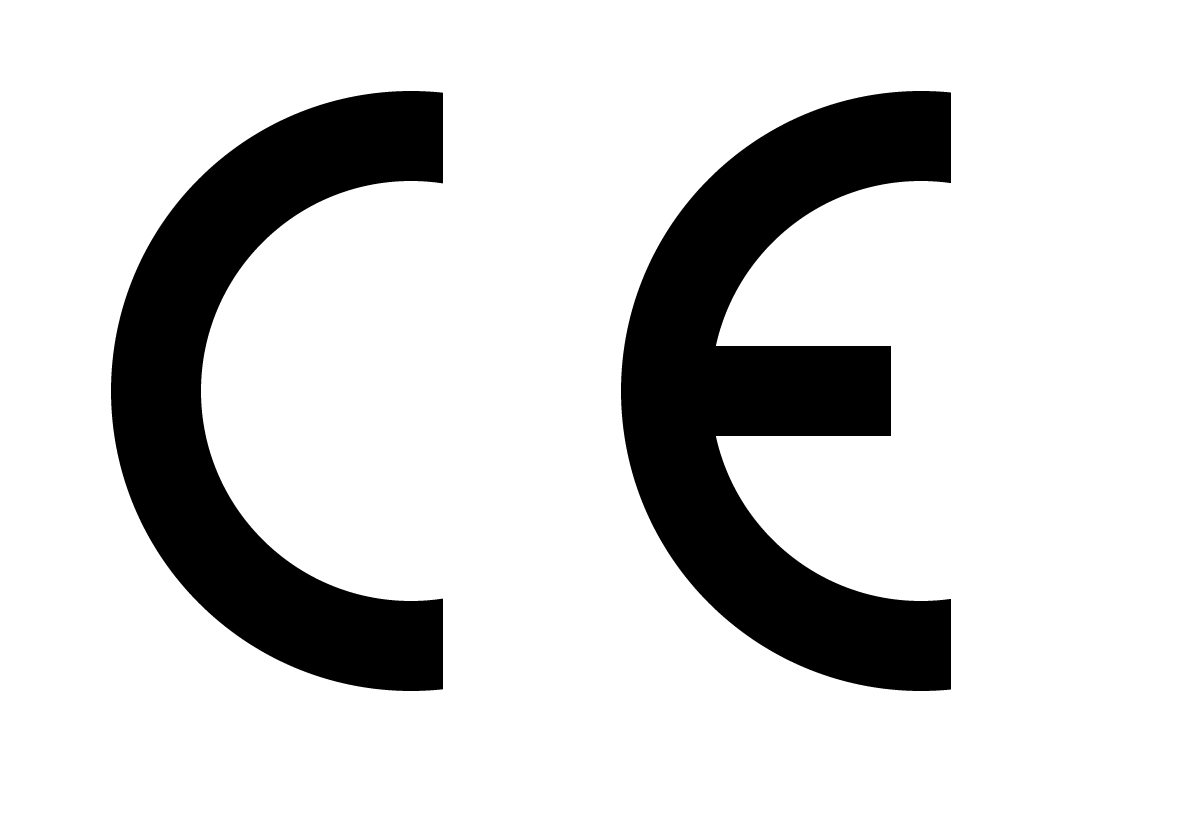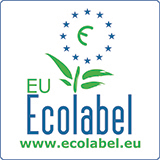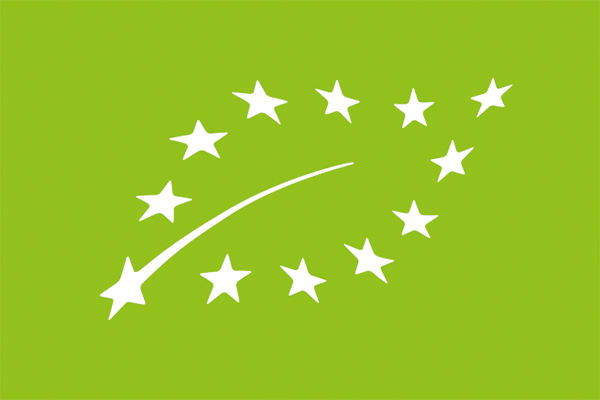Standards and Certification
Standards and technical regulations are intended to defend the safety of humans, the environment, and the nation. The requirements may concern the features or quality of a product or the procedures for testing, certification, labeling, and so on. They relate to issues such as product development, production, packaging, storage, distribution, and marketing.
Technical regulations are compulsory requirements set by governments. Standards are voluntary and are generally developed by a group of stakeholders, such as industry, consumers, public authorities, and researchers. While some standards and marks are country-specific, the European Union (EU) aims to harmonize standards throughout the community.
International organizations devoted to creating and administering standards include:
- International Organization for Standardization (ISO)
- International Electrotechnical Commission (IEC)
- International Telecommunication Union (ITU-T), telecommunication standardization sector
European Standards Organizations set standards and specifications for products sold in the European Union (EU) and European Free Trade Association (EFTA) countries. Only standards developed by the three organizations listed below are recognized as official European Standards.
European Committee for Standardization (Comité Européen de Normalisation or CEN)
European Committee for Standardization (in French Comité Européen de Normalisation or CEN) (www.cencenelec.eu) develops voluntary European Standards across various sectors of products, including air and space, chemistry, construction, consumer products, energy and utilities, food, health and safety, healthcare, heating, cooling, ventilation, information and communications technologies, materials, measurement, mechanical engineering, nanotechnology, security and defense, services, transport, and packaging. It is not a certification body but rather a committee made up of national standardization bodies from European countries that are devoted to developing and disseminating standards.
European Committee for Electrotechnical Standardization (Comité Européen de Normalisation Électrotechnique or CENELEC)
European Committee for Electrotechnical Standardization (in French Comité Européen de Normalisation Électrotechnique or CENELEC) brings together the National Electrotechnical Committees of 34 European countries. It prepares voluntary standards in the electrotechnical field, which help facilitate trade between countries, create new markets, cut compliance costs, and support the development of a Single European Market. An example is the Low Voltage Directive (LVD), which covers equipment with a voltage rating of 50–1000 volts (alternating current) or 75–1500 volts (direct current).
European Telecommunications Standards Institute (ETSI)
European Telecommunications Standards Institute or ETSI (www.etsi.org) produces globally applicable standards for information and communications technologies, including fixed, mobile, radio, converged, broadcast, and Internet technologies. It is also concerned with interoperability, including protocol testing and methodology. ETSI standards can be searched and browsed online at www.etsi.org/standards-search%23Pre-defined%20Collections#Pre-defined%20Collections.
Estonian Center for Standardization and Accreditation (Eesti Standardimis- ja Akrediteerimiskeskus or EVS)
The Estonian Center for Standardization and Accreditation (Eesti Standardimis- ja Akrediteerimiskeskus or EVS) (www.evs.ee) is the national standards body for Estonia. It is responsible for the development, adoption, maintenance, and distribution of standards, and it is the Estonian representative to the International Organization for Standardization (ISO) (www.iso.org).
Technical Regulations and Marks
European Conformity (Conformité Européenne or CE)
CE stands for Conformité Européenne meaning "European Conformity" in French. It is a conformity mark on many products placed on the single market in the European Economic Area (EEA), which includes all EU and EFTA countries. The CE marking certifies that a product sold in the EEA has met high safety, health, and environmental requirements. The CE mark is compulsory for some products, such as toys, household appliances, phones, and machinery. A product may not have the CE marking unless it is covered by a directive providing for its affixing. For additional information about CE marking, visit www.ec.europa.eu/growth/single-market/ce-marking_en.
Radio Equipment Directive 2014/53/EU (RED)
In 2014, the EU's Radio Equipment Directive 2014/53/EU (RED) replaced its Directive for Telecommunications Terminal Equipment (R&TTE) 1999/5/EC. RED establishes the regulatory framework of radio equipment operating below 3,000 GHz. Harmonized standards are available and cited in the Official Journal of the European Union (OJ). For safety and electromagnetic compatibility (EMC) requirements, manufacturers do not need a cited harmonized standard to declare compliance with the directive, although they still need them to benefit from formal presumption of conformity. Radio products use the appropriate standards of the EN 301 489 series for EMC, which are available from the European Telecommunications Standards Institute (ETSI). Safety standards are produced by CENELEC.
A summary list available at www.ec.europa.eu/docsroom/documents/46432 provides the titles and references of harmonized standards under the RED published in the OJ. It reproduces information already published in the L or C series of the OJ as indicated in columns (2), (5), and/or (7). It contains all references which, when the summary was generated, still provided a presumption of conformity together with references already withdrawn from the OJ. The EC provides this summary for information purposes only, and although they take every possible precaution to ensure that the summary is updated regularly and is correct, errors may occur and the summary may not be complete at a certain point in time. If harmonized standards are not yet cited in the OJ, compliance with the directive can also be achieved by drawing up a technical file and submitting it to a Notified Body.
The RED also has a new requirement for the registration of products that fall into a product type that is commonly non-compliant. More details are available from the European Commission’s Guide to the Radio Equipment Directive 2014/53/EU.
EU Ecolabel
Established in 1992, the EU Ecolabel is a mark identifying goods and services as meeting a minimum set of criteria developed by the EU, certifying the product's limited impact on the environment. It is awarded to products and services meeting high environmental standards throughout their life-cycle, from raw material extraction to production, distribution, and disposal. Product groups include cleaning products, appliances, paper products, textiles, home and garden products, lubricants, and services such as tourist accommodations. The EU Ecolabel is part of the Sustainable Consumption and Production and Sustainable Industrial Policy adopted by the EU in 2008, and it is used throughout the EEA. For more information about the EU Ecolabel, visit www.ec.europa.eu/environment/ecolabel.
Safety Gate
Formerly known as RAPEX, Safety Gate (www.ec.europa.eu/safety-gate-alerts/screen/webReport) is a rapid alert system for dangerous non-food consumer products. It is an electronic notification system through which EU and EEA member states exchange alerts about products that pose serious risk to the health and safety of consumers. It ensures that information about dangerous products withdrawn from the market and/or recalled from consumers anywhere in the EU is quickly circulated between member states and the European Commission so that appropriate action can be taken.
Standards for Foodstuffs
Codex Alimentarius
Codex Alimentarius is a collection of standards, guidelines, and codes of practice related to the international trade of food and agricultural products adopted by the Codex Alimentarius Commission (CAC). The CAC was established by the Food and Agriculture Organization of the United Nations (FAO) and World Health Organization (WHO) to protect consumer health and promote fair practices in food trade. The 188 Codex members have negotiated science based recommendations in all areas related to food safety and quality. Codex standards are voluntary and not legally binding. They aim to ensure safety, quality, and fairness in international food trade and protect consumers.
EU Food Law
The EU regulations applicable to food safety are known collectively as the EU Food Law. It introduces general principles for food production, such as traceability, risk analysis, and a precautionary approach. The legislation also establishes responsibilities and requirements for food business operators. The Food Information to Consumers (FIC) Regulation 1169/2011 brings together EU rules on general food labelling and nutrition labelling into one piece of legislation.
European Food Safety Authority (EFSA)
The European Food Safety Authority or EFSA (www.efsa.europa.eu) provides the scientific research that is the basis for the EU's food safety regulations. Through their inclusion in the EU Food Law, EFTA member states are ensured participation in the EFSA.
Rapid Alert System for Food and Feed (RASFF)
Similar to Safety Gate, the Rapid Alert System for Food and Feed or RASFF is a notification system for EU and EEA member states as well as European food safety organizations. Any information about food safety risks must be reported to the relevant food safety authority, and the information is disseminated to the appropriate organizations in each member state. More information about RASFF, including a link to the portal, is available on the European Commission's website at www.ec.europa.eu/food/safety/rasff-food-and-feed-safety-alerts/rasff-portal_en.
Labeling of Foodstuffs
The labeling of foodstuffs must not mislead the consumer as to the foodstuff's characteristics or effects, or attribute to a foodstuff (except for products intended for special diets, which are covered by specific provisions) properties for the prevention, treatment or cure of a human illness.
Labeling of foodstuffs must include, at minimum, the following information:
- Name under which the product is sold
- List of ingredients, which are listed in descending order of weight and designated by their specific name
- Under certain conditions, the listing of ingredients is not required for:
- Fresh fruit and vegetables
- Carbonated water
- Fermentation vinegars
- Cheese, butter, fermented milk and cream
- Products comprising a single ingredient, where the trade name is identical with the ingredient name, or the trade name enables the nature of the ingredient to be clearly identified
- Certain additives and enzymes are not considered as ingredients; this relates to those which are used as processing aids or those contained in an ingredient, which serve no technological function in the finished product
- Under certain conditions, the listing of ingredients is not required for:
- Quantity of ingredients or categories of ingredients expressed as a percentage
- Net quantity expressed in units of volume in the case of liquids and units of mass in the case of other products. However, there are specific provisions for foodstuffs sold by number and solid foodstuffs presented in a liquid medium
- Date of minimum durability (the day, month and year)
- For foodstuffs that will not keep longer than three months, the day and month are sufficient. For foodstuffs that will not keep for more than 18 months, the month and year are sufficient. For foodstuffs that will keep for more than 18 months, the year is sufficient.
- The date shall be preceded by the words: "Best before" when the date includes an indication of the day or "Best before" in other cases.
- The date of durability is not required for the following products:
- Untreated fresh fruits and vegetables
- Wines and beverages containing 10 percent or more by volume of alcohol,
- Non-alcoholic soft drinks
- Fruit juices and alcoholic beverages in individual containers of more than five liters, intended for supply to mass caterers
- Bakers' or pastry cooks' wares which are normally consumed within 24 hours of their manufacture
- Vinegar
- Cooking salt
- Solid sugar
- Confectionery products consisting almost solely of flavored and/or colored sugars
- Chewing gums and similar chewing products
- Individual portions of ice cream
- In the case of foodstuffs which are highly perishable, the date of minimum durability shall be replaced by the "use by" date
- Any special storage conditions or conditions of use
- The name or business name and address of the manufacturer or packager, or of a seller established within the EU
- The place of origin or provenance where failure to give such particulars might mislead the consumer
- Instructions for use
- The acquired alcoholic strength of beverages containing more than 1.2 percent by volume of alcohol
Food Labelling Information System (FLIS)
The European Commission's Food Labelling Information System (FLIS) provides a user-friendly, web-based solution that enables its users to select a food and automatically retrieve the mandatory EU labelling indications in 23 languages. The system also provides links to the relevant legal provisions and existing guidance documents.
The FLIS serves purely as a documentation tool; therefore, it is not legally binding. Additional labelling requirements may be imposed by national legislation for certain foods. For the indications originating from EU directives, also consult the national provisions transposing them. The authentic versions of relevant acts, including their preambles, are published in the Official Journal of the European Union and available in EUR-Lex.
Genetically Modified Organisms (GMO) Food Labeling
Food containing Genetically Modified Organisms (GMO) in excess of 0.9 percent of its ingredients must be labeled as such. Prepackaged foods that exceed that threshold must indicate in the list of ingredients "genetically modified" or "produced from genetically modified [name of the organism]." Products without packaging must have a label in close proximity to the product, i.e. on the supermarket shelf.
Labeling of Organic Products
Products sold in the EU as organic must bear the EU organic logo and conform to all standards represented by its use. It is mandatory for prepackaged organic food produced in the EU, and voluntary for other food produced in the EU or any food produced outside the EU. Processed food products must include 95 percent organic ingredients in order to qualify. When the organic logo is used, it must be accompanied by the code number of the control body, and where the agricultural ingredients were farmed ("EU" or "non-EU"). Standards and labeling requirements set by member states may still apply.
Nutritional Labeling
Nutritional labeling refers to labels that state the energy value of a product or certain nutrients contained in the product, including proteins, carbohydrates, fats, fibers, sodium, and vitamins and minerals.
Labeling must include, at minimum, the energy value of the product, and the amounts of protein, carbohydrate, and fat in the product. In addition to the vitamin and/or mineral content in absolute figures, the content in percentage of the recommended daily dosage must be indicated on the label. Energy value is determined using conversion factors set forth by the E .
Nutritional labeling is compulsory if a nutritional claim appears on the label, in presentation, or in advertising, with the exclusion of generic advertising. The only nutrition claims permitted are those relating to energy values and to the following nutrients:
- Protein
- Carbohydrate
- Fat
- Fiber
- Sodium
- Vitamins
Claims, such as "light" are permitted on drinks under certain conditions (significant calorie reduction).
Quantitative Ingredients Declaration (QUID)
Product labels must include a Quantitative Ingredients Declaration (QUID) if the ingredient or category of ingredients:
- Appears in the name under which the foodstuff is sold (e.g., for strawberry ice cream, a QUID for strawberries must be provided)
- Is usually associated with the name of the product by the consumer (e.g., for goulash soup, a QUID for beef must be provided)
- Is emphasized on the labeling in words ("made with butter"), pictures (e.g., a representation of a cow to emphasize dairy ingredients), or graphics (different size, color, and/or style of print)
- Is essential to characterize a foodstuff and to distinguish it from similar products
The QUID declaration must be indicated in, or immediately next to, the name under which the product is sold, unless a list of ingredients is indicated on the label. The quantity of the ingredient, expressed as a percentage, must correspond to the quantity of the ingredient (s) actually used in the preparation of the product.
The QUID requirement does not apply to constituents naturally present in the foodstuff that are not added as ingredients (such as caffeine in coffee and vitamins and minerals in fruit juices).
Wine Labeling
The following must appear on a label in a single field of vision (i.e., can be viewed without having to turn the bottle), except for the importer's details, the lot number and allergenic ingredients:
- Wine of "(Insert Country Name)"
- Actual alcoholic strength
- Nominal volume
- Lot Number
- Importer details (must include name of importer, local administrative area, and member state) preceded by the word(s) "Importer" or "Imported by"
- Allergenic ingredients (i.e., if wine contains sulfites)
More information on alcohol labeling is available at https://ec.europa.eu/food/safety/labelling-and-nutrition/food-information-consumers-legislation/alcohol-labelling_en.
Packaging
Food Contact Materials
Food contact materials are broadly defined as any materials and articles intended to come into contact with food. This can include packaging and containers, kitchen equipment, cutlery, and dishes. Materials can include plastic, rubber, paper, and metal. Materials are evaluated as to their potential to transfer to food, changing the composition of the food or adversely affecting the taste and odor of food.
Additional Information
For more information on EU quality schemes, visit www.ec.europa.eu/info/food-farming-fisheries/food-safety-and-quality/certification_en.
Note: The above information is subject to change. Importers are advised to obtain the most current information from a customs broker, freight forwarder, logistics professional, or the local customs authorities.
Sources: European Commission (www.ec.europa.eu); Estonian Tax and Customs Board (Maksu ja Tolliamet) (www.emta.ee)
Article written for World Trade Press by Brielle Burt, Jennifer Goheen, and Nina Bellucci.
Copyright © 1993-2025 World Trade Press. All rights reserved.





